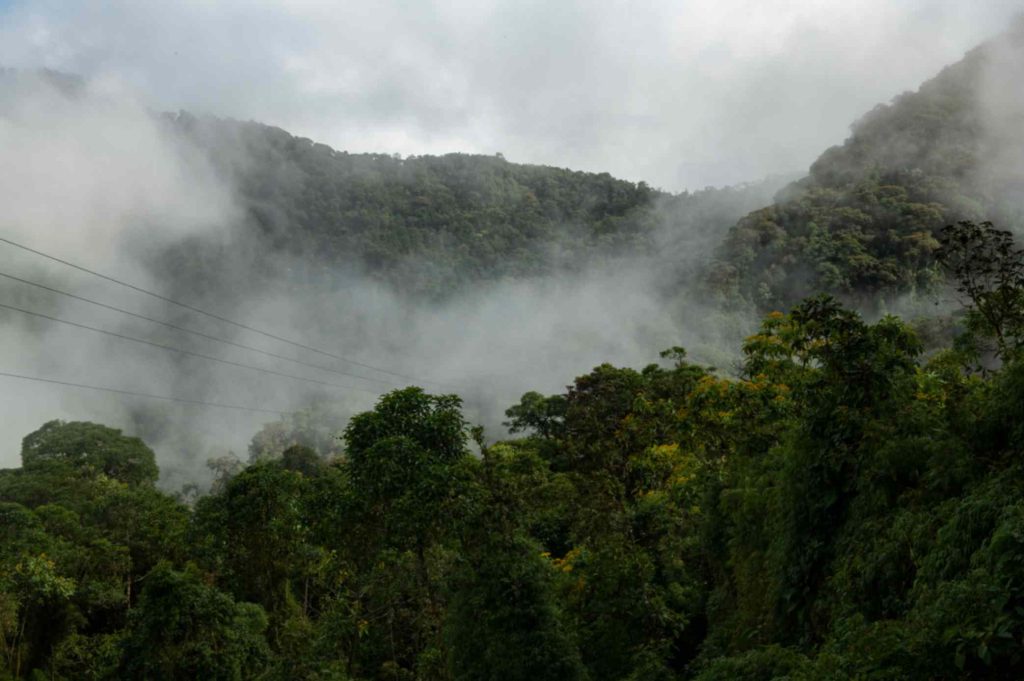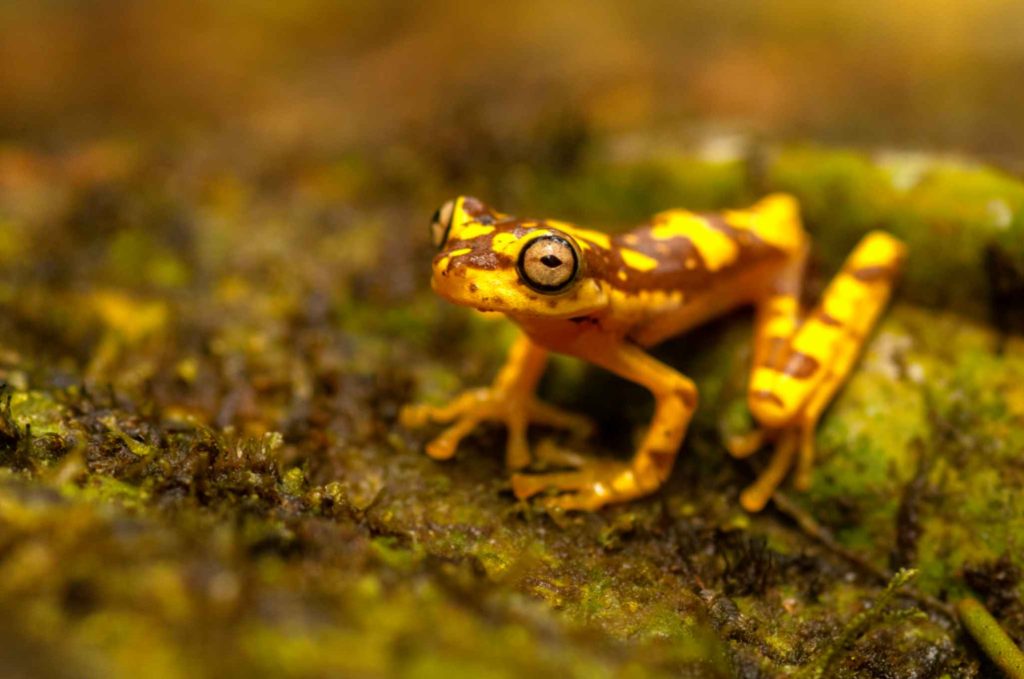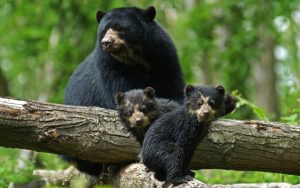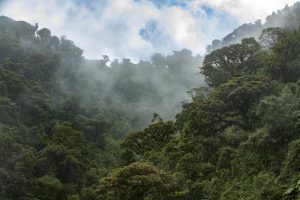LEX Reception has twinned 110 acres of its Stronvar Woodland near Loch Voil in Scotland with a rare cloud forest habitat through the UK charity, Rainforest Concern. Our donation and act of twinning both forests have helped the charity purchase and protect an equivalent area of rare cloud forest habitat in NW Ecuador in the Tropical Andes.
Rainforest Concern, based in Bath, UK, preserves threatened natural habitats and the biodiversity that depends on them. The charity has helped to protect over 5 million acres of rainforest since it was founded over 30 years ago. They have wildlife and habitat conservation projects in Latin America, India, and Romania and work closely with local communities and NGOs. Rainforest Concern’s new Forest Twinning project invites UK and overseas landowners to match the acreage of their land with a donation to purchase and protect an equivalent area of threatened forests.
Protecting vital forest corridors

LEX Reception is proud to be one of the project’s founding donors. Rainforest Concern is currently expanding its 7,000-acre Neblina Cloud Forest Reserve in NW Ecuador
in the Tropical Andes to create protected rainforest corridors linking to other protected areas in the region, including the Cotacachi Cayapas Ecological Reserve to the north and community reserves to the south, to enable rare species to roam freely in search of food and mates. The Neblina Cloud Forest Reserve lies within the Tropical Andes Biodiversity Hotspot, the most biologically diverse of the world’s 36 biodiversity hotspots. The hotspot contains around one-sixth of all plant species on the planet and has the world’s largest variety of amphibians, birds, and mammals.
A home for an array of wildlife

The Neblina Reserve is teeming with wildlife and is unusually rich in orchids and threatened and endemic species, including Andean or ‘spectacled’ bears (the inspiration for Paddington), pumas, ocelots, oncillas, toucans, rare frogs, hummingbirds, cock of the rock, the recently discovered olinguito (a member of the raccoon family) and breeding pairs of the highly endangered black-and- chestnut eagle (Spizaetus isidori) of which only 250 may remain in the wild. Black-and-Chestnut eagle chick in nest at the Neblina Cloud Forest ReserveCloud forests make up just 2.5% of the world’s rainforest. They are high-altitude tropical forests and among the most biodiverse ecosystems in the world. Found on humid montane slopes, their humidity produces abundant wildlife – including high numbers of epiphytes – plants that grow on other plants, such as orchids. As warm tropical air rises, it cools and condenses into clouds that drift through the moss-covered trees and surround the forests in cool swirling mists. Cloud forests play an important role in the water cycle and act as giant sponges, absorbing water from the clouds and releasing it slowly, creating streams, rivers, and a vital watershed service.
Less than 15% of NW Ecuador’s original cloud forests remain and continuing habitat fragmentation means that they no longer maintain their water-retaining properties and endemic flora and fauna are becoming susceptible to extinction. Fragmented forests are more easily accessible for hunting, logging, and other activities, which further increases deforestation and biodiversity loss.
LEX Reception’s donation towards the purchase and protection of forest to expand the Neblina Reserve will help Rainforest Concern to protect this rare natural habitat and the many endemic and threatened species that live there. Species found in, or near, the Neblina Reserve include the newly re-discovered longnose harlequin frog, which was thought to have been extinct since 1989, and the even rarer ‘confusing rocket frog’. The frogs were cited as defendants in a court case against the world’s largest copper producer, which
was planning to mine in the region which would have resulted in toxic pollution and vast habitat degradation. The Rights of Nature are enshrined in the Ecuadorian Constitution so the frogs won the court case, which has now set a legal precedent for contesting future mining concessions in Ecuador. The Long-nosed Harlequin Frog was thought extinct until it was rediscovered in 2016.
Critical research and work with local governing bodies
The ongoing protection of the Neblina Reserve and its forest corridors through patrols, monitoring and research by our local forest guards and biologists is critical for the successful conservation of this rare cloud forest habitat. Regular patrols of the reserve by our team of forest guards protect the forests from hunting, illegal logging, or opportunistic cattle grazing, and give us regular feedback on the health of the forest.
We make use of specialist camera traps and GPS to gain valuable information about the recovery of the forest and to observe its wildlife through sightings of key species such as Andean bears, pumas, oncillas, and other inhabitants as they go about their daily lives in the forest. Forest guards installing camera traps in the reserve, kindly donated by NatureSpy. Images are checked and identified approximately every 12 weeks. We also put in place legal measures to ensure the long-term protection of the forests. This includes successfully applying for and being initially granted ‘Protected Forest’ status from the Ecuadorian Ministry of the Environment and latterly the additionally enhanced protection status of the ‘National System of Protected Areas’.
This work, supported by LEX, will play a vital role in the protection of some of the most threatened and species-rich natural habitats on the planet.



